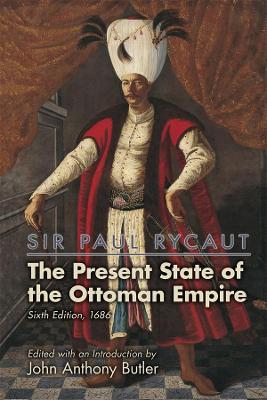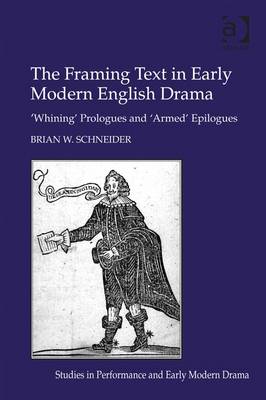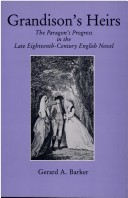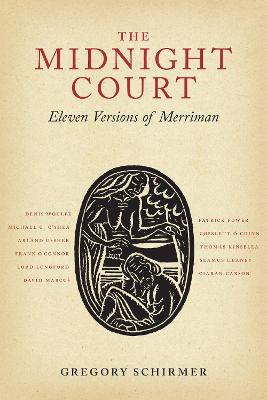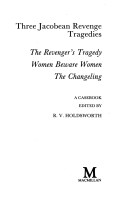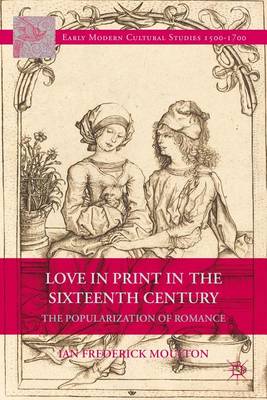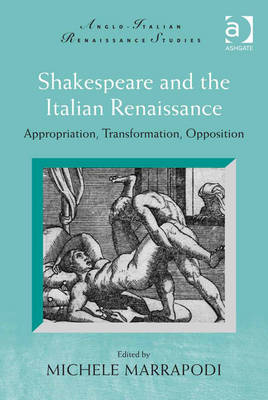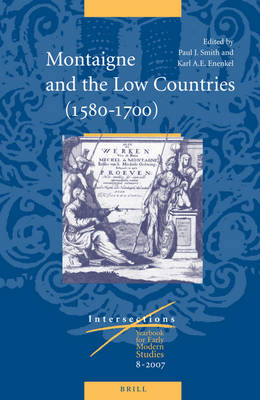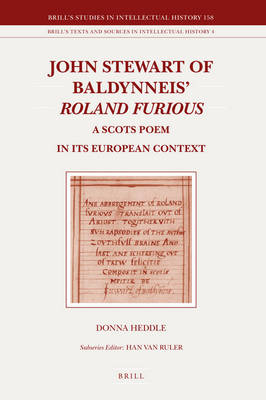Volition's Face (ReFormations: Medieval and Early Modern)
by Andrew Escobedo
Modern readers and writers find it natural to contrast the agency of realistic fictional characters to the constrained range of action typical of literary personifications. Yet no commentator before the eighteenth century suggests that prosopopoeia signals a form of reduced agency. Andrew Escobedo argues that premodern writers, including Spenser, Marlowe, and Milton, understood personification as a literary expression of will, an essentially energetic figure that depicted passion or concept tran...
Sir Paul Rycaut: The Present State of the Ottoman Empire, Sixth Edition (1686) (Medieval & Renais Text Studies, #500)
Sir Paul Rycaut (1629–1700) was a diplomat, poet, translator and administrator. His Present State of the Ottoman Empire was the most important and influential work on its topic produced by an Englishman in the seventeenth century, and it served as a reference point for others writing on the same subject for nearly two hundred years. Rycaut’s book was considered the most informative and accurate text on its subject, and was widely-read in Europe as well as in England. It contains extensive discus...
Though individual prologues and epilogues have been treated in depth, very little scholarship has been published on early modern framing texts as a whole. The Framing Text in Early Modern English Drama fills a gap in the literature by examining the origins of these texts, and investigating their growing importance and influence in the theatre of the period. This topic-led discussion of prologues and epilogues deals with the origins of these texts, the difficulty of definition, and the way in whi...
This book traces the progressive influence and changing manifestations of the Grandisonian hero through important late eighteenth-century novels: Frances Sheridan's Sidney Bidulph, Fanny Burney's Evelina, Elizabeth Inchbald's A Simple Story, William Godwin's Caleb Williams, Thomas Holcroft's Anna St. Ives, and Jane Austen's Pride and Prejudice.
Robert Greene (The University Wits)
While Robert Greene was the most prolific and perhaps the most notorious professional writer in Elizabethan England, he continues to be best known for his 1592 quip comparing Shakespeare to "an upstart crow." In his short twelve-year career, Greene wrote dozens of popular pamphlets in a variety of genres and numerous professional plays. At his premature death in 1592, he was a bonafide London celebrity, simultaneously maligned as Grub-Street profligate and celebrated as literary prodigy. The pre...
Many translations into English verse of Brian Merriman's celebrated eighteenth-century narrative poem Cuirt an Mhean Oiche (The Midnight Court) have been made by Irish poets over the past two centuries. All translators have tackled the problem of being Irish poets working in English and drawing upon the Irish-language tradition in various ways, as well as having to negotiate between Merriman's world and their own historical moments. This tension in translation is the major focus of The Midnight...
Three Jacobean Revenge Tragedies (Casebook S.)
This casebook presents early comment and modern studies (together with reviews of theatrical productions) on "The Revenger's Tragedy" (conventionally ascribed to Tourneur), "Women Beware Women" by Middleton, and "The Changeling" by Middleton and Rowley. Dr Holdsworth's introduction surveys and evaluates past and current critical approaches to the plays. Of particular interest is his examination of the question of the authorship of "The Revenger's Tragedy" and presentation of new evidence support...
de la Vicissitude Ou Variete Des Choses En l'Univers (Textes de La Renaissance, #182)
by Loys Le Roy
The Danse Macabre: Printed by Guyot Marchant, 1485 (Medieval and Renaissance Texts and Studies, #447)
by David A. Fein
Shakespeare and the Italian Renaissance (Anglo-Italian Renaissance Studies)
Shakespeare and the Italian Renaissance investigates the works of Shakespeare and his fellow dramatists from within the context of the European Renaissance and, more specifically, from within the context of Italian cultural, dramatic, and literary traditions, with reference to the impact and influence of classical, coeval, and contemporary culture. In contrast to previous studies, the critical perspectives pursued in this volume's tripartite organization take into account a wider European intert...
This portrait of the French seventeenth century playwright, novelist and short story writer Moliere was written by a Russian satarist of the twentieth century Bulgakov, both seen as fearless and uncompromising in speaking of what they saw and whose work was banned by their respective governments. Bulgakov is a well-known Russian novelist. He has also written "The Master and Margarita" and "The White Guard"among others. In 1987 the BBC televised his play about Moliere, "The Cabal of the Hypocrite...
Montaigne (1533-1592) is known as the inventor of the essay. His relativism, his craving for self-knowledge and his taste for freedom and tolerance have had a long-lasting influence in Europe. It is therefore surprising that until present no substantial study has been devoted to the multiple relationships between Montaigne and the Low Countries. This volume aims to fill this gap. It studies the Netherlandish presence in Montaigne's Essays, represented by Erasmus and Lipsius and by contemporary h...
The poetry of John Stewart of Baldynneis, one of James VI's soi disant Castalian Band, is a relatively unknown phenomenon of the Renaissance period. This book is a critical edition of his epic poem Roland Furious, supposedly a translation of Ludovico Ariosto's Orlando Furioso into Scots but actually a brilliantly original poem which directly follows guidelines given by James VI for the creation of such literature in the Scottish vernacular. A fully annotated version of the text is given, along w...
The Elizabethan Doctor as a Dramatic Convention (Renaissance Studies, #41)
by Philip Kolin

